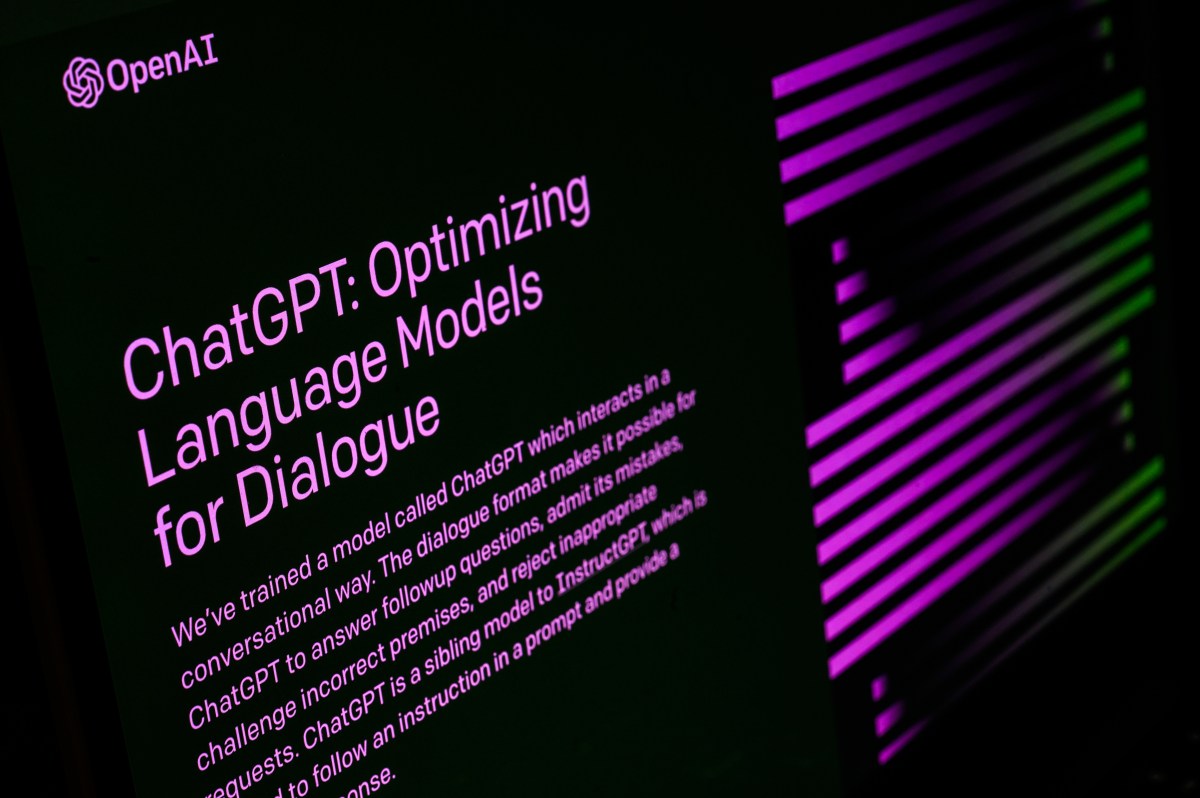Exclusive: Acceleron Fusion has raised $15M to take another stab at cold fusion, filing reveals | TechCrunch
Fusion startups have been on a fundraising tear lately, and a young startup, Acceleron Fusion, is joining the pack, having raised $15 million of a targeted $23.7 million round, according to an SEC filing.
The fusion sector recently has been showered with interest from investors, who no doubt have been encouraged by the breakthrough experiment at the National Ignition Facility two years ago, which proved that a controlled fusion reaction could generate more power than was required to kick it off.
The first company to build a power plant that can produce electricity that can be sold to the grid en masse could start chipping away at the multi-trillion-dollar global energy market. Tech firms, in particular, have been eyeing fusion and nuclear startups as possible pollution-free solutions to their AI-induced power demands.
Acceleron did not immediately reply to questions.
Where most startups aim to re-create the superheated, super-pressurized conditions inside of a star, Acceleron takes a different approach, using subatomic particles known as muons to lower the heat and pressure required for fusion reactions to take place.
In nature, atoms tend to resist fusing, mostly because an atom’s orbiting electrons repel other atoms. To get around that, most approaches to fusion follow nature’s approach: they get atoms hot enough and close enough that their electrons are freed from their orbits, lowering the usual atomic inhibitions. As atomic nuclei zip around without their electrons, some ram into each other, fusing into a new nucleus and releasing enormous amounts of energy. That’s what happens inside a star.
Muon-catalyzed fusion takes a different tack. Instead of heating and compressing hydrogen isotopes, it injects muons into the mix. Muons are subatomic particles that resemble electrons — both have a negative charge — but their mass is 207 times greater. As muons bombard hydrogen isotopes, they replace electrons in some atoms. A muon orbits the nucleus of an atom much more closely than an electron, lowering the barrier atoms need to fuse.
In muon-catalyzed fusion, the barrier is low enough that fusion can occur at room temperature and pressure. That’s why it’s sometimes called cold fusion. While muon-catalyzed has been demonstrated in laboratory conditions, the energy required to generate muons has so far outstripped the amount of energy produced by any fusion reactions.
There are a few reasons why muon-catalyzed fusion hasn’t worked yet. For one, each muon only lasts for about 2.2 microseconds before it decays into less useful subatomic particles. That’s long enough to facilitate about 100 fusion reactions, but still too short for commercial power purposes. The other problem is that about 0.8% of the time, a muon gets stuck to another subatomic particle (an alpha particle) and doesn’t participate in any more fusion reactions. That may not seem like much, but again, it has been high enough to doom commercial plans.
Cambridge, Massachusetts-based Acceleron, which spun out of NK Labs, is hoping that by raising the pressure of the hydrogen isotope mix, and maybe the temperature, it’ll be able to reduce the rate at which muons stick to alpha particles. The hope is to keep enough muons in the mix to catalyze more fusion reactions, ideally enough more that they’ll offset the amount of power required to generate the muons.
NK Labs was awarded a three-year, $2 million ARPA-E grant in 2020 to explore whether higher pressure would improve the prospects of muon-catalyzed fusion. The results, not all of which are public at this time, appear to have piqued investors’ interests.




